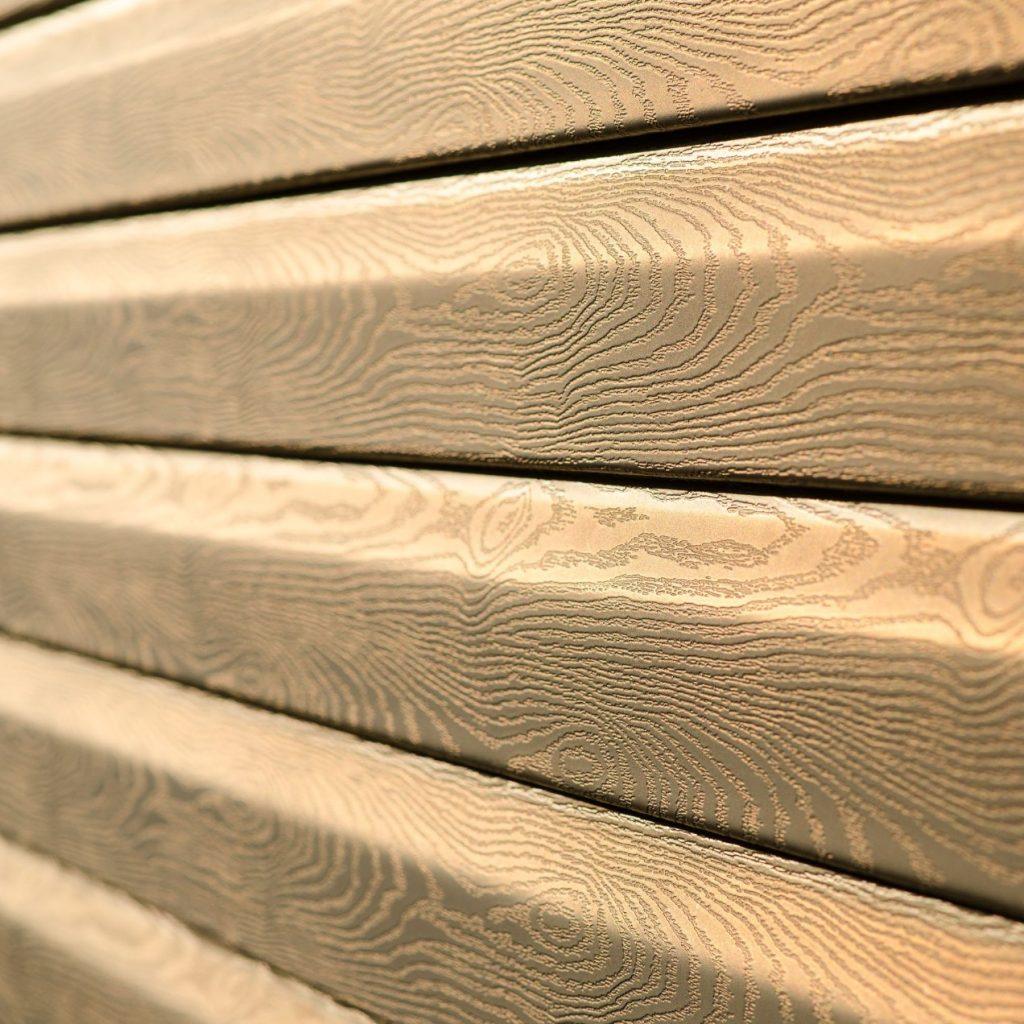Call Us Today! (303) 647-3883
House Siding Replacement Options

What are different types of siding?
Until the end of the 1950s, houses were brick or wood, aka as frame houses. Those frame houses and even the brick houses had some wood, required painting every so often. Then, a company out of Columbus Ohio introduced a product that would aka homeownership easier: Vinyl Siding. The intention of siding replacement was to eliminate the need for homeowners to repaint their entire house, or parts of the house if it were brick.
Before long, frame houses made of wood were getting vinyl siding replacement along with another new addition, aluminum doors and windows. Today, they build most homes with brick or some type of stone, but there are still siding replacement options offered.
There are several types of siding replacement on the market today. The choices available extensive and each type of material offers a vast range of aesthetics, durability, and energy efficiency, and the price ranges are wide too.
Here, we offer you the different siding replacement options along with pros and cons of them. This information can help you determine the best choice for you and your home.
Vinyl – the most popular of all siding replacement materials.
The Pros
- Durable and typically offers a 30- to 40-year warranty
- Available in many color options
- Offers several textural options
- Easy to clean
- Water-resistant
- Inexpensive compared to other siding replacement costs
The Cons
- Not waterproof
- Bends easily in extreme cold or heat
- Cannot be repainted
- Dents easily
Fiber Cement – the second most popular siding replacement option.
The Pros
- Feels and looks like wood
- Resistant to insect damage
- Low maintenance
- Class 1A fire rating
- Doesn’t decay or rot
- Available in several finishes and textures
The Cons
- More expensive than vinyl
- Requires repainting every 12 to 15 years
- Chips require paint touch-ups
Brick – a popular siding replacement option because of the longevity.
The Pros
- Longevity of over 100 years
- Little to no maintenance required
- Fire-resistant
- No repainting necessary
- Weathers well over time
- Termite-proof
The Cons
- Expensive siding replacement option
- Once painted, the original brick color cannot be restored
- Mortar can deteriorate over time
Metal – some options of this siding replacement are popular, like the aluminum and steel options.
The Pros
- Doesn’t mold or rot
- Little to no maintenance
- Doesn’t fade
- Eco-friendly
- Fire resistant
The Cons
- Can rust if not installed properly
- Dents easily
- Heavy, making installation expensive
- Scratches and rusts easily
Wood – A Popular Siding Replacement Option
Wood siding is a popular choice because of its natural and timeless appearance.
The Pros
- Lightweight, making installation easier and quicker
- Eco-friendly
- Can be painted or stained in custom colors
- Energy-efficient with a high R-value
The Cons
- Requires consistent maintenance and repainting
- Easily damaged by insects or water
- Expensive to repaint or re-stain
- Not fire-resistant
What Is the Most Popular House Siding?
In recent years, fiber cement siding has become the most popular choice. It can mimic the look of masonry, stucco, or wood while being more affordable. Its low maintenance needs, fire resistance, and termite resistance make it appealing to both homeowners and insurance companies.
How Long Does Siding Usually Last?
Siding replacement acts as a protective layer for your home, but its lifespan depends on the climate, weather, and exposure to the elements. Typical lifespans are:
- Vinyl Siding: 20–40 years
- Aluminum Siding: 30–50 years
- Wood Siding: 15–40 years
- Brick Siding: 50 years or more
- Fiber Cement Siding: 25–40 years
What Siding Lasts the Longest?
While vinyl siding is the most popular due to its affordability, color options, and minimal maintenance needs, it also offers impressive longevity when properly installed and maintained — lasting 60 years or even up to 100 years in some cases.
